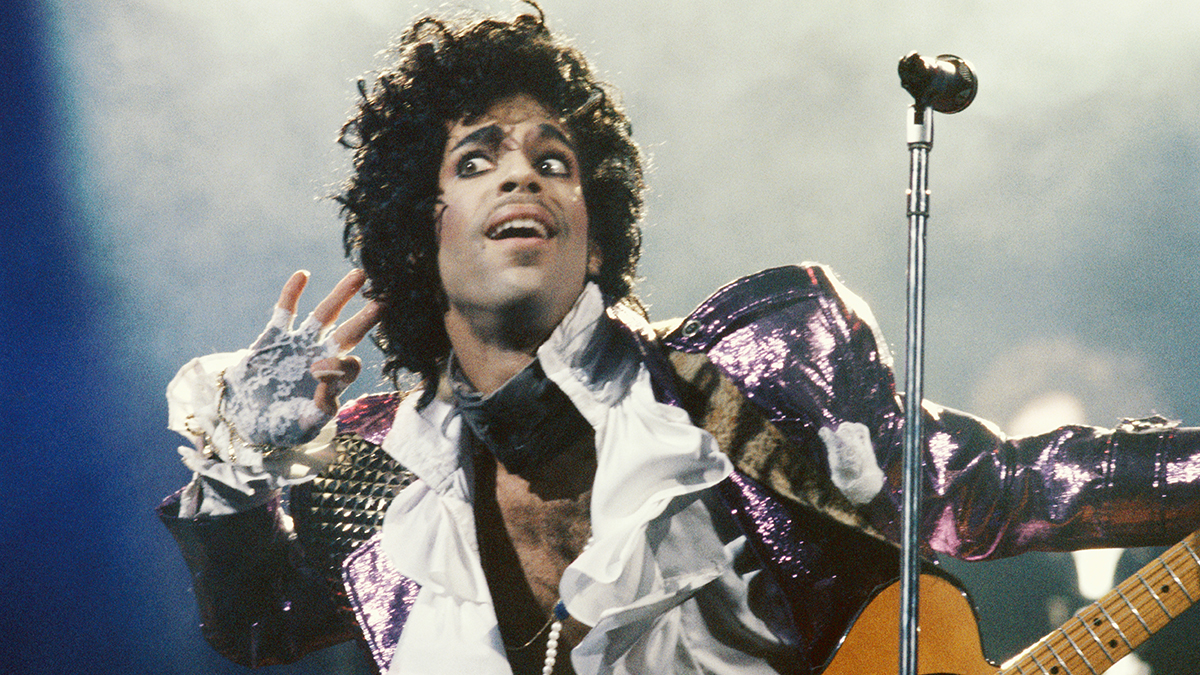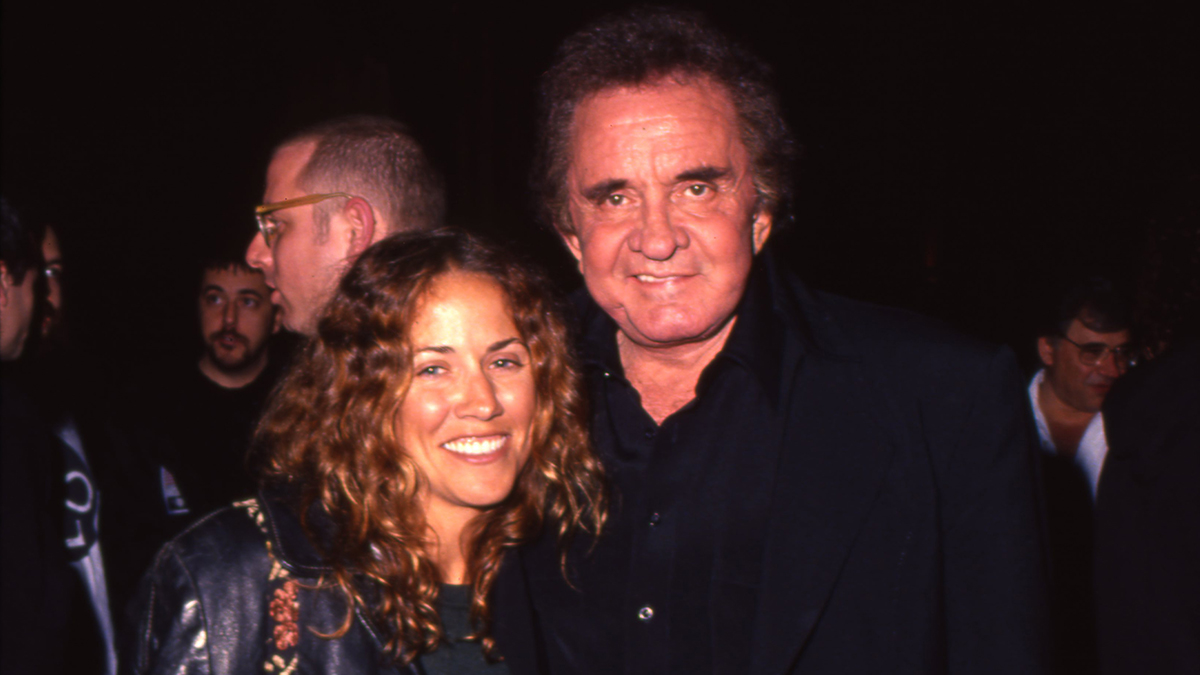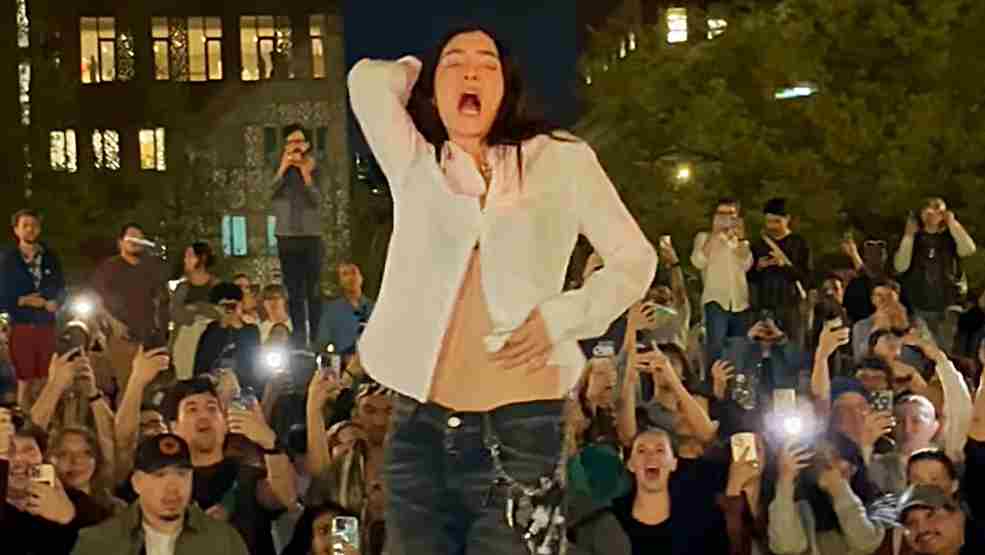“How do people do that? No click, he played through it and ‘bam’”: Prince’s ability to keep time when he was recording drums was remarkable, says his engineer, but it also made things difficult during the editing process
“He would say ‘OK, that’s so close, cut it one more time,’ and I wouldn’t do it because I physically couldn’t cut a 16th of an inch without chowdering the tape”

Given his mastery of groove, it probably won’t surprise you to learn that Prince had an incredible internal clock, and in a freshly-surfaced clip, award-winning engineer David Leonard has revealed just how remarkable his ability to keep time actually was.
Speaking to Inside Blackbird, Leonard - who worked on both Purple Rain and its follow-up album, Around The World In A Day - begins by discussing Prince’s drum recording process, starting with his quick and dirty approach to setting up.
“He would come and say, ‘mic the drums’ and just go ‘boom, tsh-tsh’ - that was your soundcheck: two kicks, a snare and hat,” Leonard recalls. “Then you’d roll the tape, and he starts playing drums, no click, and he’s playing, singing the song in his head, and he stopped. I forget what song it was, but he stopped.”
With no signal to stop recording, it seems that Leonard was a little confused. “I’m rolling dead air on the tape, thinking ‘this is useless’, and then he came back in playing - like eight bars of dead air - came in and picked up a guitar and nailed it. How do people do that? No click, he played through it and bam.”
So, not only was Prince able to keep time in his head while playing (and not playing) the drums, but he was also locked in when he overdubbed his guitar part, hitting the exact point when the beat came back in after the eight-bar break. And all without the aid of a metronome.
Leonard goes on to reveal that Prince’s attention to timing detail was also evident during the editing process, when he was required to cut the tape in order to shorten the original recordings.
“Every song was 12 minutes long or more - you know, like a whole reel of tape. Those were the full versions - when you bought a dance mix it was usually the full-length version, and everything we put on the record was cut down. And he would say ‘OK, cut from there to the chorus after this chorus’. So I’d mark [the tape] and pull out the chorus and the verse, put the other chorus in, and he’d listen to it and he’d go ‘OK, make it come in a little bit slower, a little bit later.’ So I’d go back and I’d get a little bit of a piece of the end of the verse and put in half an inch of tape and he’d go ‘oh no, too much, cut that in half.’”
Get the MusicRadar Newsletter
Want all the hottest music and gear news, reviews, deals, features and more, direct to your inbox? Sign up here.
Prince asked Leonard to make several more micro edits, still not satisfied as he listened back each time, until the engineer reached the point where he could cut no more. So, Leonard decided that, rather than admit the truth, he’d try and fool Prince into thinking that he’d made the edit when he hadn’t.
“He would say ‘OK, that’s so close, cut it one more time,’ and I wouldn’t do it because I physically couldn’t cut a 16th of an inch without, you know, chowdering the tape, so I wouldn’t do it. I just put it back, and he would say ‘that’s the same’. He could hear it.”
Ah well, worth a try.

I’m the Deputy Editor of MusicRadar, having worked on the site since its launch in 2007. I previously spent eight years working on our sister magazine, Computer Music. I’ve been playing the piano, gigging in bands and failing to finish tracks at home for more than 30 years, 24 of which I’ve also spent writing about music and the ever-changing technology used to make it.










